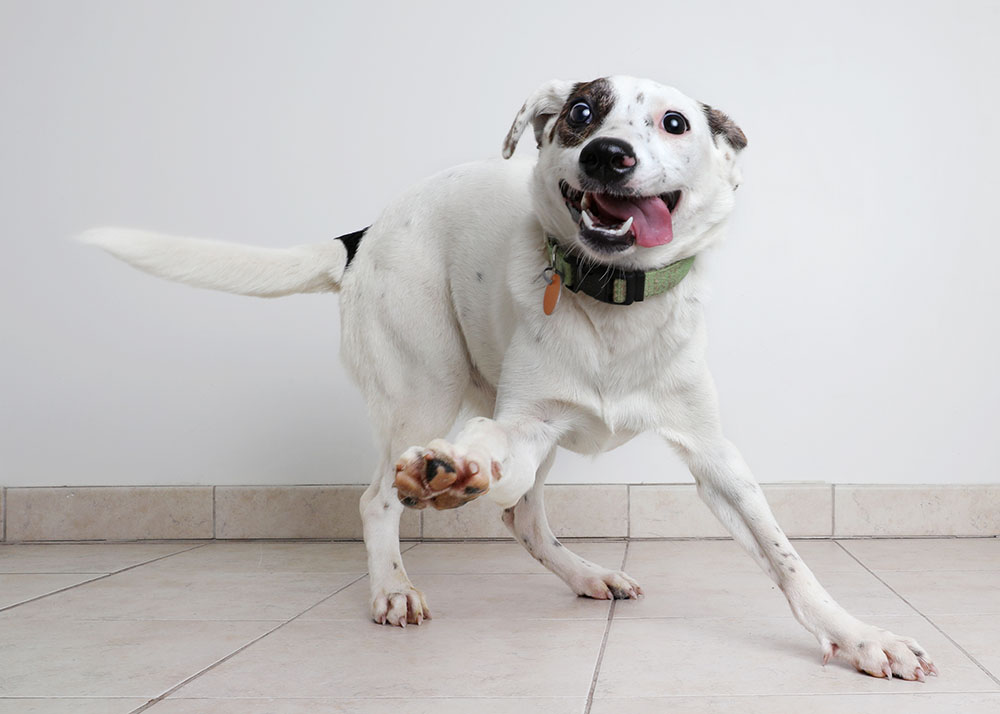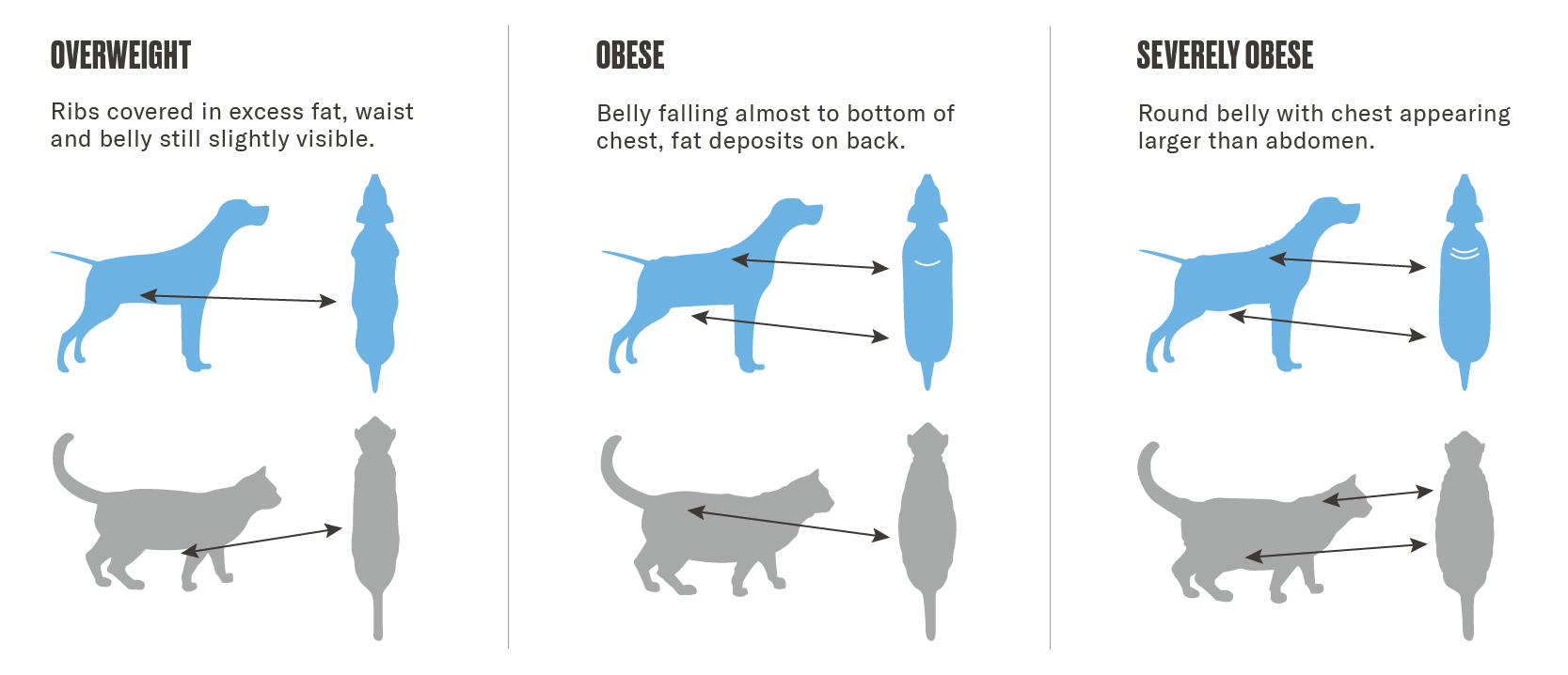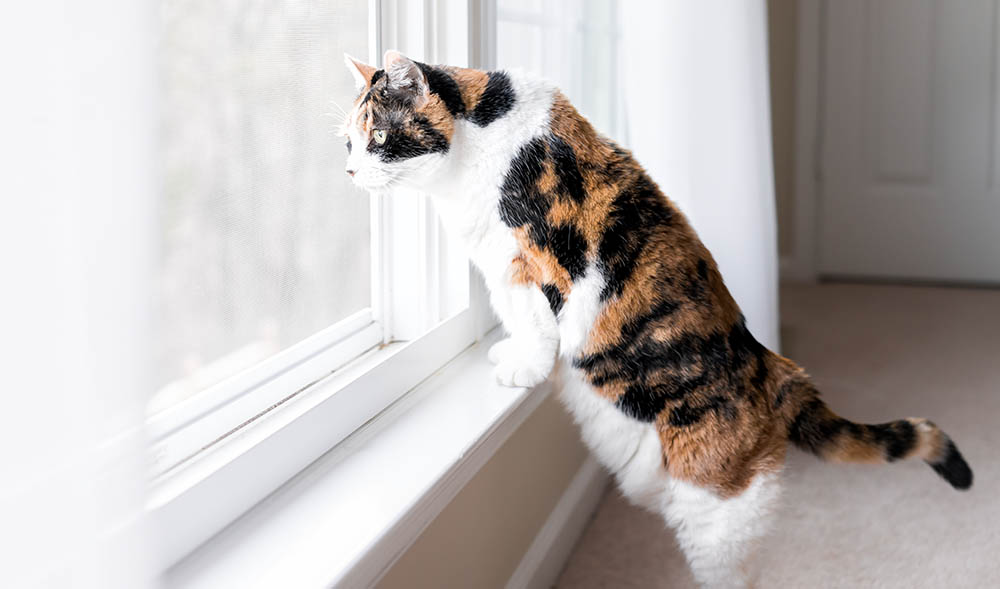Nom Nom Blog
THE GREAT INDOORS
Keeping your dogs and cats healthy in the time of COVID-19
Call it social distancing, sheltering in place, or just plain staying at home — we’re all doing the very best we can right now for the health of our families and communities. No matter how many days it’s been for you already, this new normal is going to last for at least a while longer.
And if you’re climbing the walls, think about how your pets feel. They don’t watch the news, so they don’t understand why you’re suddenly in their space 24/7 or why they can’t go to the dog park to work off some energy.
Make them feel at home
It’s not just their physical well-being that needs focus right now, because this is a time of stress for them. The best way to support your paw-footed family members is to remember their mental health as well.
Your pets are probably very excited to have you home more, you’re their favorite person. But it’s also confusing for them. Dogs and cats are both really big on routines — and all of those hours you’re usually out of the house doing your thing, they’re at home doing their thing. (Which, let’s face it, is probably sleeping.)
So give them some space and let them do whatever it is that they’d usually do. You’ll know when they want your attention.
That said, you can put this time in close quarters to good use if your pet is overweight or obese. Over half of household animals in the US are considered heavy by veterinary standards.
Obesity isn’t “cute”
Start by cutting back on food for those overweight pets by about a third. Try spacing small meals out over the course of the day so your pet feels like they’re getting fed more. It’s a psychological trick that works on humans too, if you’re worried about your quarantine diet.
Higher moisture foods, like fresh, may help pets feel fuller longer and in the case of cats, it appears to make them burn more calories. Kibble is only 5-10% water, but fresh food is more than 65%, as a reference.
Also, adding fiber like broccoli, cauliflower or green beans is a great way for dogs to feel more full. For cats — who are carnivores by nature — this is less of an option. You should be feeding cats 200 calories or less per day. Look for pre-portioned meals or weigh your cat’s food to avoid overfeeding.
Even for healthy-weight pets, you might want to think about feeding them a little less while their activity levels are lower than normal. But don’t cut down to two-thirds of the amount, like suggested for obese pets.
Outdoor exercise can still be an option, with precautions
Whether or not you have a yard or shared open space, exercising your pet doesn’t have to get hairy. You can still walk, jog or bike with your pets if they’re used to high activity. (This is not the time to start a new work-out regimen, you could push them too hard and too fast in your own need to get out more.)
You should always take precautions. Dogs should be walked on a leash and avoid contact with other people. Although — as of today — there is no evidence dogs can become truly infected by the virus, they could theoretically transmit it on their fur for a short period of time.
Researchers are still working on the evidence to guide recommendations on pets and transmission, so we’ll keep you updated. But this should go without saying, please don’t pet animals you don’t know while you’re out. If you simply can’t resist, wash your hands with warm water and antibacterial soap for at least 20 seconds after that contact.
If you don’t feel comfortable exercising your pet in your neighborhood or community because of the amount of other pedestrians, there are ways to get pets more active with ‘work-ins’ while they can’t go out as often.
Work-ins that work them out
Indoor fetch. You should clear a path away from furniture with sharp edges, especially for those less graceful fetchers. (And be mindful of your downstairs neighbors — this isn’t a great option for 3am.)
Hide and seek. Hide treats or toys around the house. (Watch the treats though, they should be no more than 10% of their diet.)
Training. Pets enjoy exercises that also work their mind, use this time to teach them some new tricks. The repetition is like a work out.
Follow the leader. Your pet will follow you from room to room. So invite them with you as you move throughout the house. Simply standing and walking can burn calories.
Toys. Laser pointers are fun for the whole family, and you probably have one in your home office. Cardboard boxes, paper bags and other disposables can be repurposed as well.
Make them work for it. Place their food in an elevated area that your pet can easily reach and stand on.
Treadmills. If you’re willing to invest the time and caution in training your dog on a treadmill, this can be a great way to replace long walks. First they need to get comfortable with the noise, then get used to standing on the machine while it’s not in motion, and even then start very slow. You should always hold the leash yourself rather than tie it to the treadmill. (We don’t suggest trying this with cats.)
We’ll get through this together, and so will our pets. If you have any indoor activity ideas you love, we’re all ears. Send them to us directly by clicking here or share with our community on Instagram and Facebook.
A NOTE FOR THOSE WHO’VE TESTED POSITIVE FOR COVID-19 OR HAVE BEEN QUARANTINED FOR SYMPTOMS: Another family member should take your pets out-of-doors only if absolutely necessary, and only if they’re not showing symptoms and only if you’re strictly self-isolating inside the home from both that family member and the pet.
They should severely limit their time in public places, distance themselves at least six feet from others, keep the pet on a leash and wear a mask at all times.
Also, please don’t abandon your pets. There is no evidence that they can transmit this novel coronavirus to people at this time.
And know that our thoughts and hearts are with you.




